No roads, no cars, no problem: Norman Foster and Porsche collaborate on transportation hub in Venice
There are famously no roads in the Italian city of Venice, but that hasn't stopped Porsche from co-designing a transportation hub in time for the Architecture Biennale.


Of all the cities in the world in which you might expect a legendary carmaker such as Porsche to debut its latest project, perhaps the least likely would be Venice, most famous for its comparative lack of roads.
Things begin to make a bit more sense, however, when you understand that the project in question is an installation created in partnership with the Norman Foster Foundation, appearing in Venice for the Biennale — the world-renowned exhibition of architecture which opened on May 10.
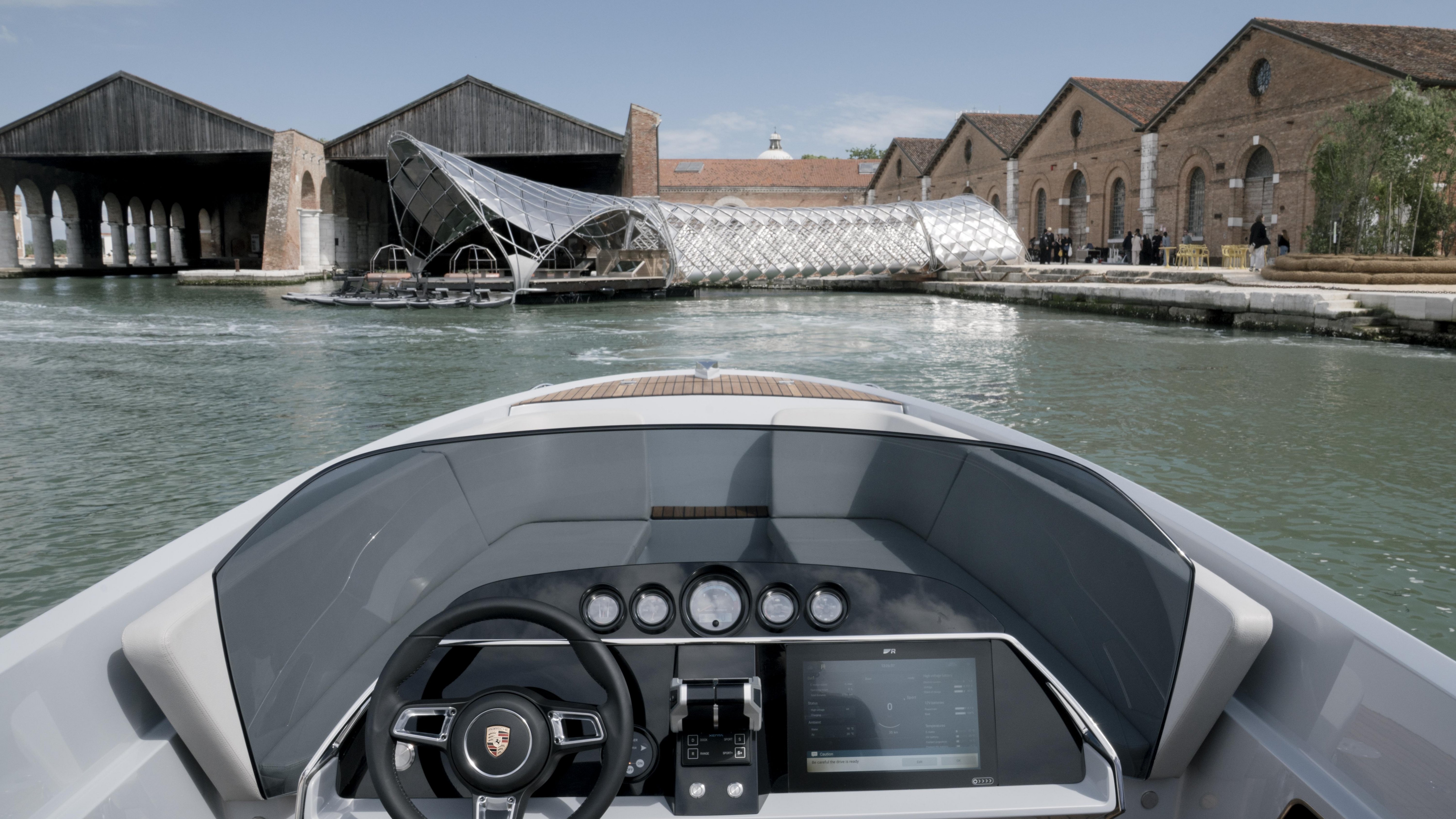
Called ‘Gateway to Venice’s Waterway’, the installation is a 37m (about 121ft) pontoon-like structure that, according to Porsche, ‘represents the vision of a transportation hub for Venice.’ Taking inspiration from the canal city’s network of bridges, it is described as a ‘response to the challenges facing the Italian port’ that aims to ‘initiate a discourse on sustainable urban change.’ And you thought Porsche was just about lap times and limited-slip differentials.
The structure, whose curved, tubular form combines elements of Fosters’ expertise in organic, polygonal glass buildings with a lattice-like framework that Porsche says evokes the chassis of its 908 racecar, is located at the Arsenale Biennale and will house exhibitions on future proposals for urban transit.
More than that, however: during the first week of the Biennale it will actually serve as a station for electric boats, powered by the same motors found in Porsche’s Macan Turbo EV, and electric city bikes, made by Schiller. Among the ideas on display within the exhibition are studies by students at Porsche Style, the company’s design studio, and Studio F.A. Porsche, better known as Porsche Design, the accessories brand founded in 1972.
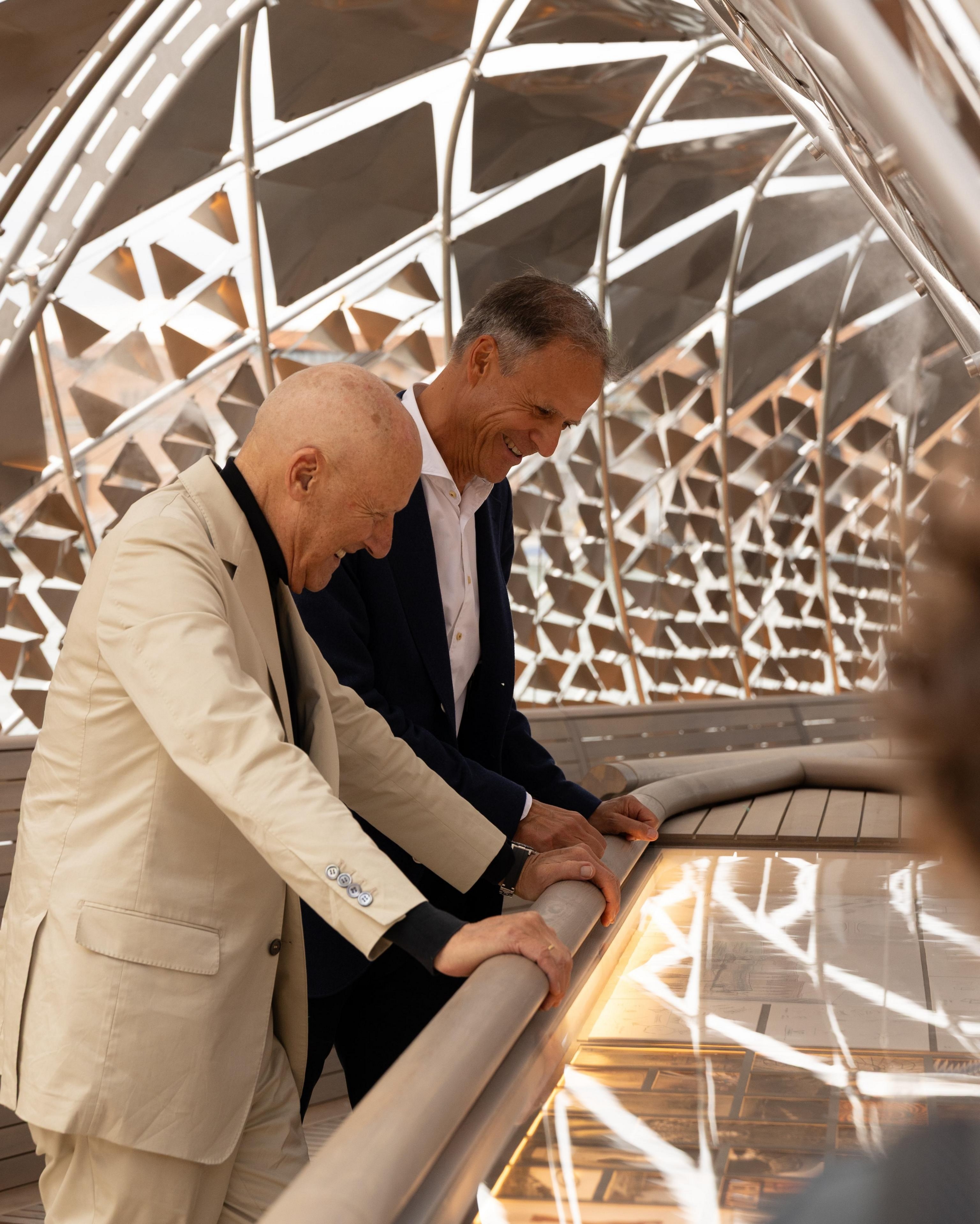
Norman Foster and Michael Mauer, Vice President, Style Porsche, examine the Gateway to Venice's Waterway.
The main challenges facing Venice — overcrowding and increased risk of flooding due to climate change — are not directly addressed by the study, although sustainability of construction and emission-free transportation are two key themes. Lord Foster, president of the Norman Foster Foundation and one of Britain’s greatest living architects, said that: ‘Dreaming awakens a sense of limitless possibilities and the courage to imagine what does not yet exist. It’s about imagining bold solutions to seemingly insurmountable challenges. In this project, dreaming meant imagining a Venice where historic preservation and advanced mobility coexist.’
The installation is the eighth iteration of Porsche’s ‘Art of Dreams’ initiative, a design programme that began in 2021, through which the car company collaborates with an artist to create something that speaks to the title (and that usually holds at least a loose connection to the current crop of vehicles). Separately, this year’s project at the Biennale also initiates a longer-running partnership with the Norman Foster Foundation, wherein the two partners will ‘explore the future of the automobile’.
Exquisite houses, the beauty of Nature, and how to get the most from your life, straight to your inbox.
Click here for everything you need to know about Venice

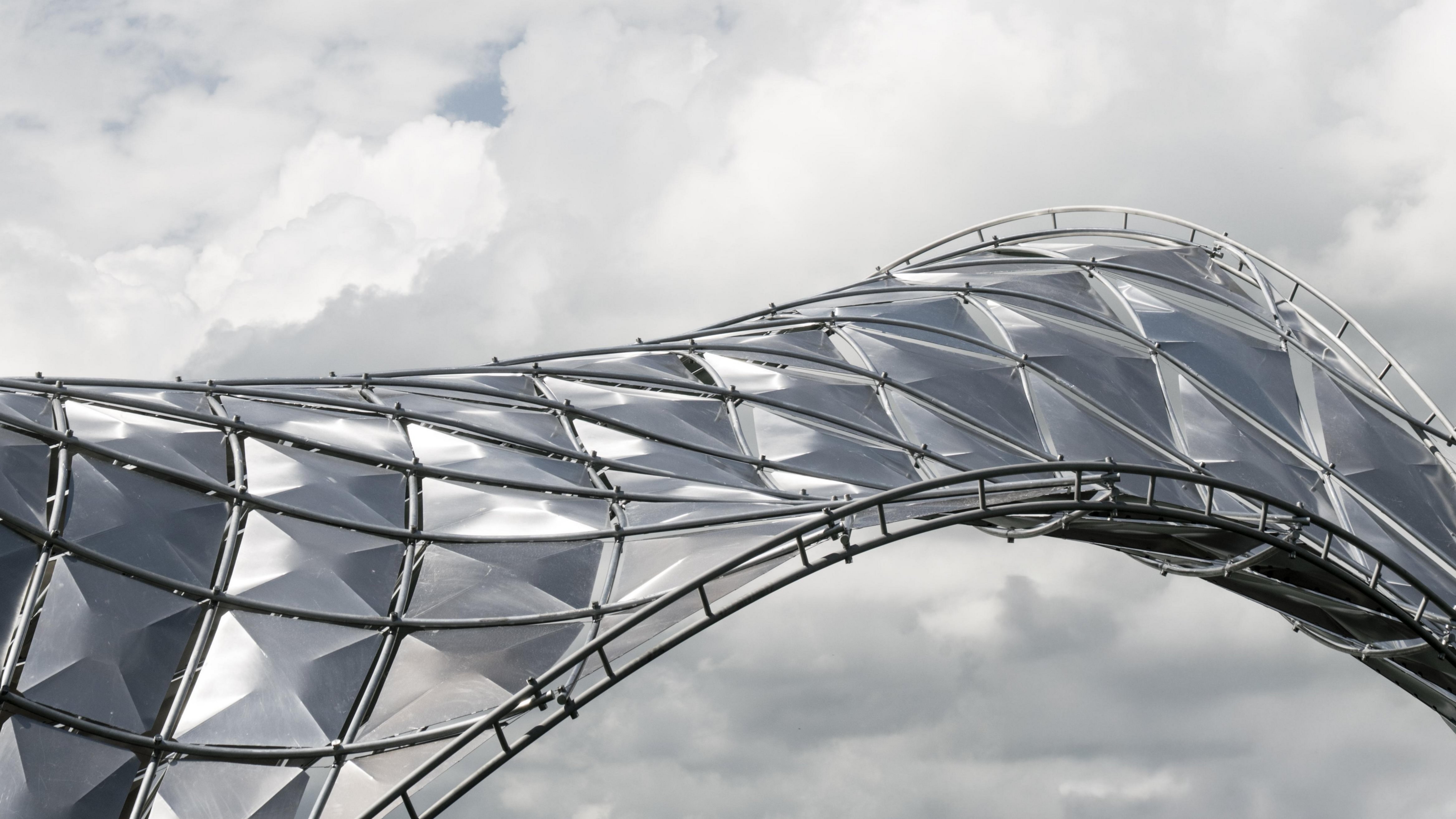
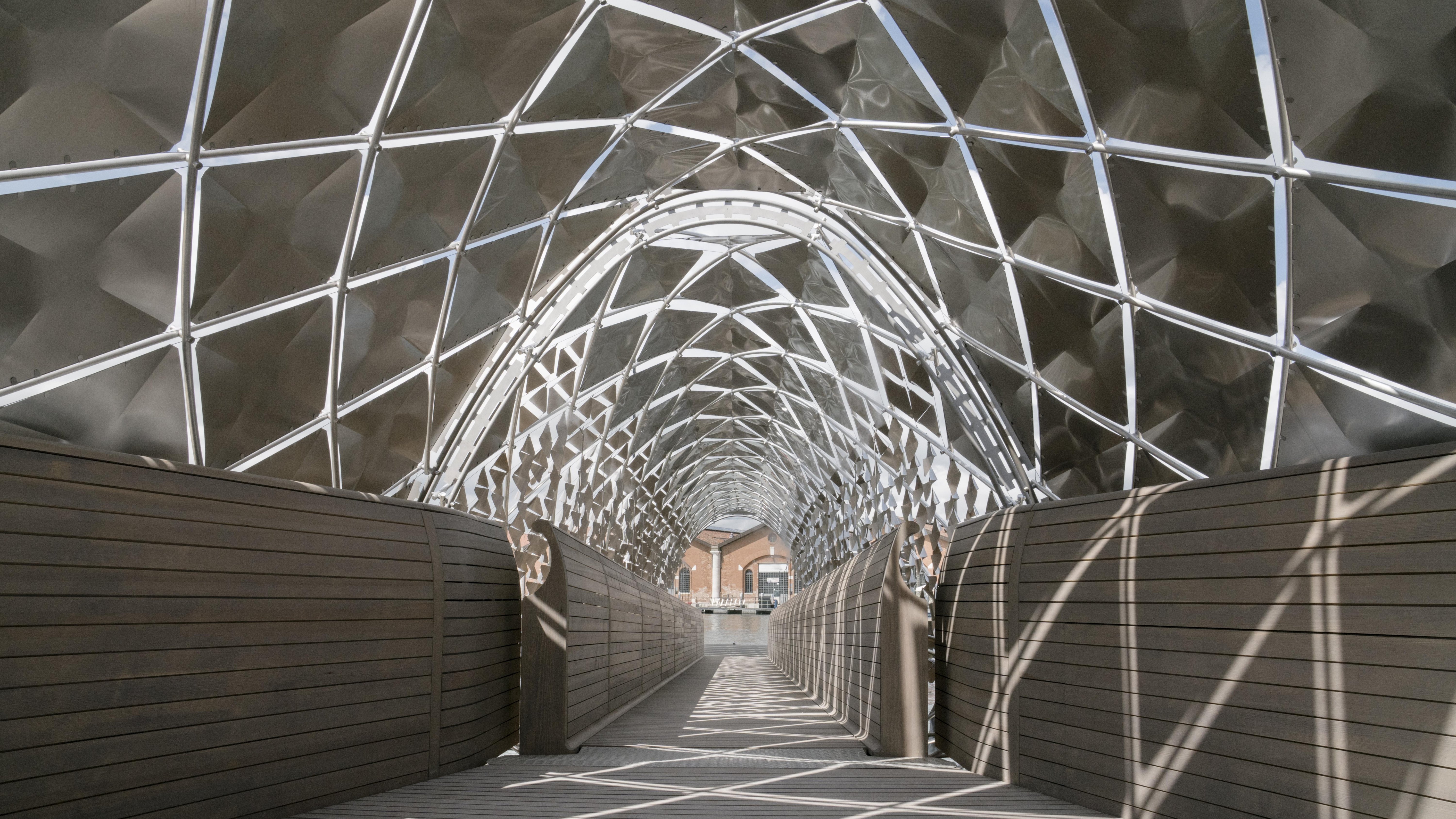
Chris Hall is a freelance writer and editor specialising in watches and luxury. Formerly Senior Watch Editor for Mr Porter, his work has been published in the New York Times, Financial Times, Esquire, Wired, Wallpaper* and many other titles. He is also the founder of The Fourth Wheel, a weekly newsletter dedicated to the world of watches.
-
 The golden eagle: One of the Great British public's favourite birds of prey — but devilishly tricky to identify
The golden eagle: One of the Great British public's favourite birds of prey — but devilishly tricky to identifyWe are often so keen to encounter this animal that ambition overrides the accuracy of our observations, writes Mark Cocker.
-
 When was the first ever Glastonbury festival? Country Life Quiz of the Day, June 26, 2025
When was the first ever Glastonbury festival? Country Life Quiz of the Day, June 26, 2025Thursday's quiz looks at a landmark date at Worthy Farm.
-
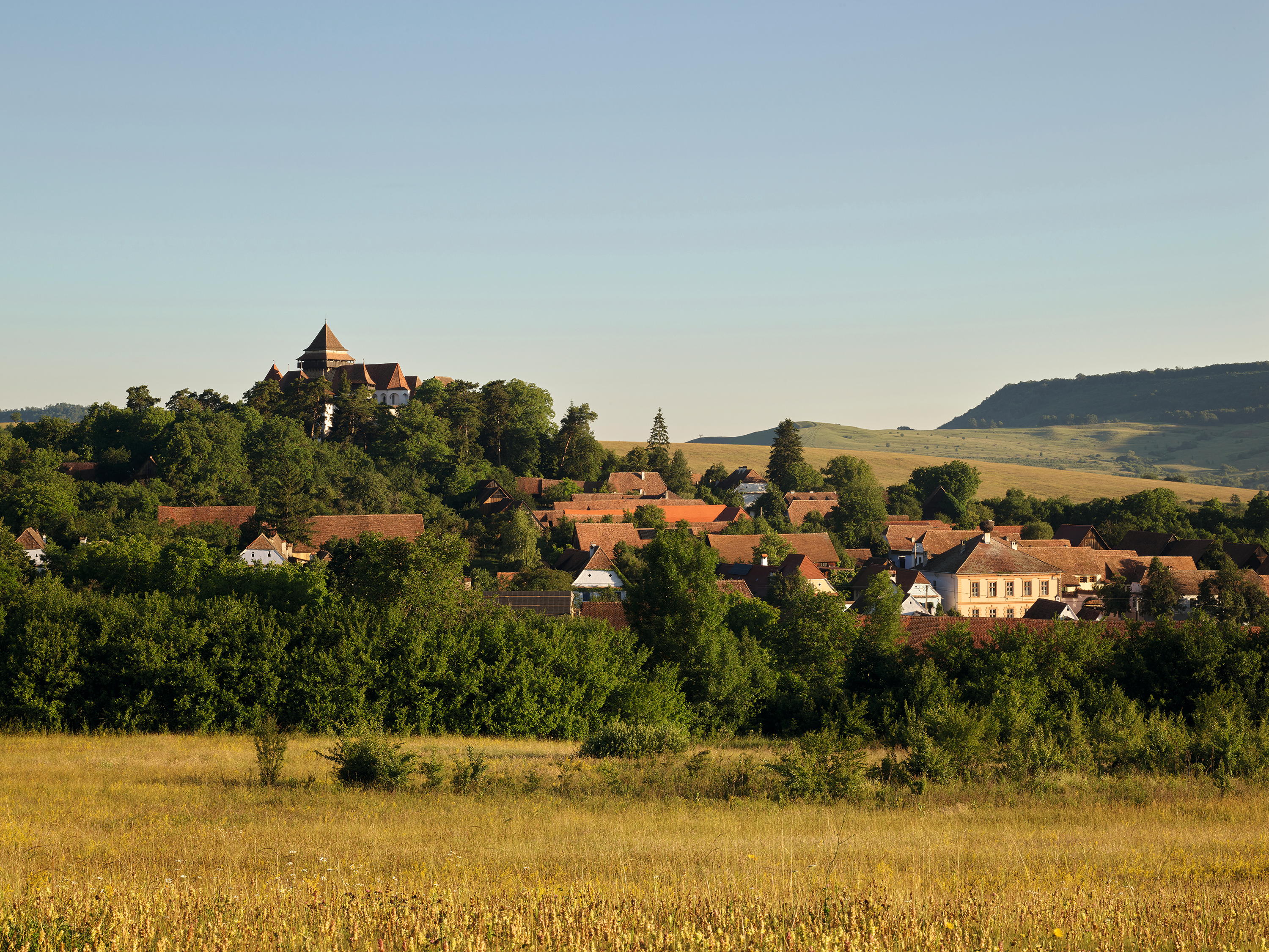 'This is how the countryside looked to Gilbert White, to Thomas Hardy, even to Shakespeare and Chaucer': The forgotten corner of the world where King Charles has poured his energy into preserving an all-but-extinct way of life
'This is how the countryside looked to Gilbert White, to Thomas Hardy, even to Shakespeare and Chaucer': The forgotten corner of the world where King Charles has poured his energy into preserving an all-but-extinct way of lifeThe historic buildings of a Transylvanian settlement have been restored and preserved with the help of several foundations and backed by The King’s personal enthusiasm. Jeremy Musson reports on this remarkable place; photographs by Paul Highnam.
-
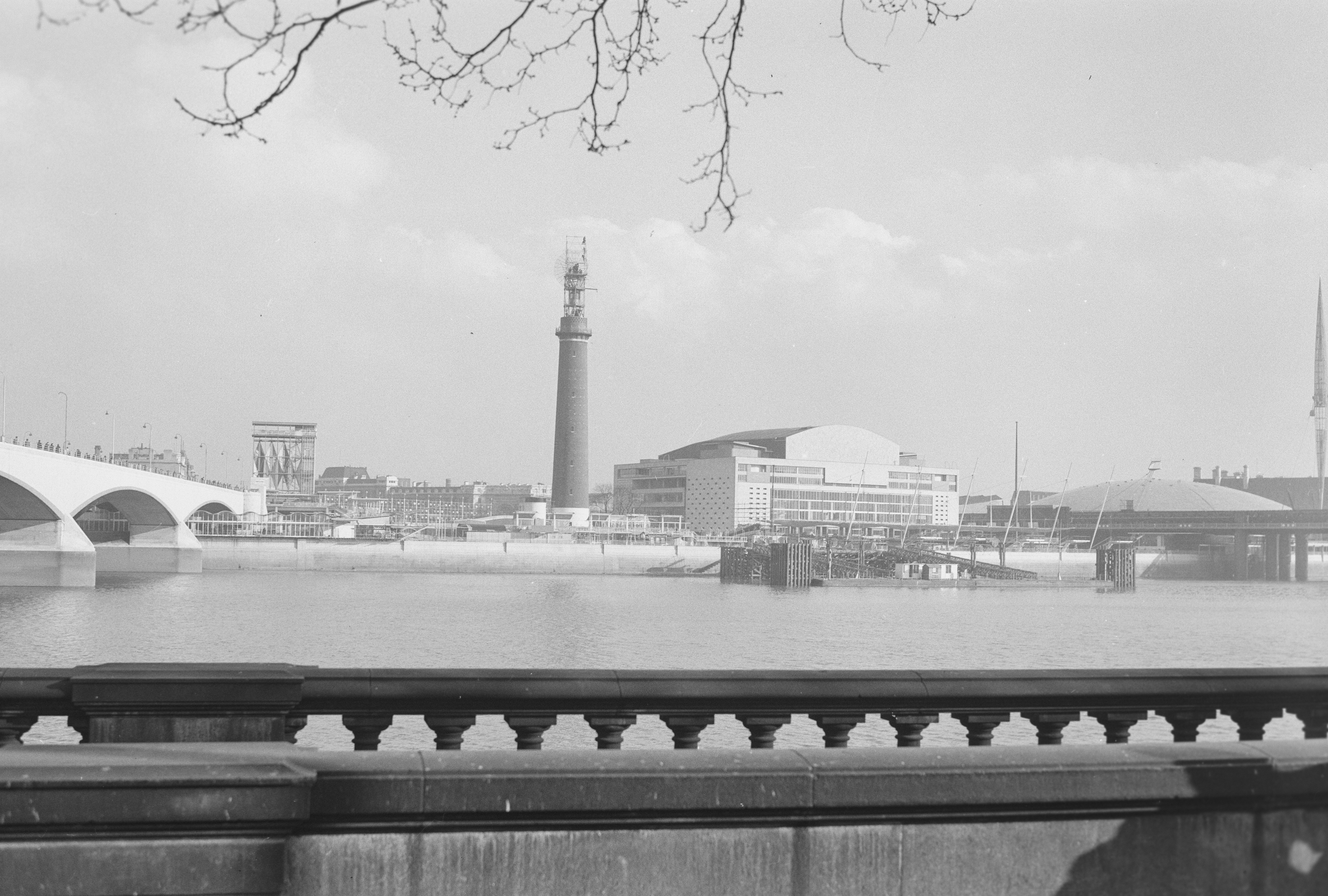 From the Country Life archive: Yes, that is a Moon Transmitter on London's South Bank
From the Country Life archive: Yes, that is a Moon Transmitter on London's South BankEvery Monday, Melanie Bryan, delves into the hidden depths of Country Life's extraordinary archive to bring you a long-forgotten story, photograph or advert.
-
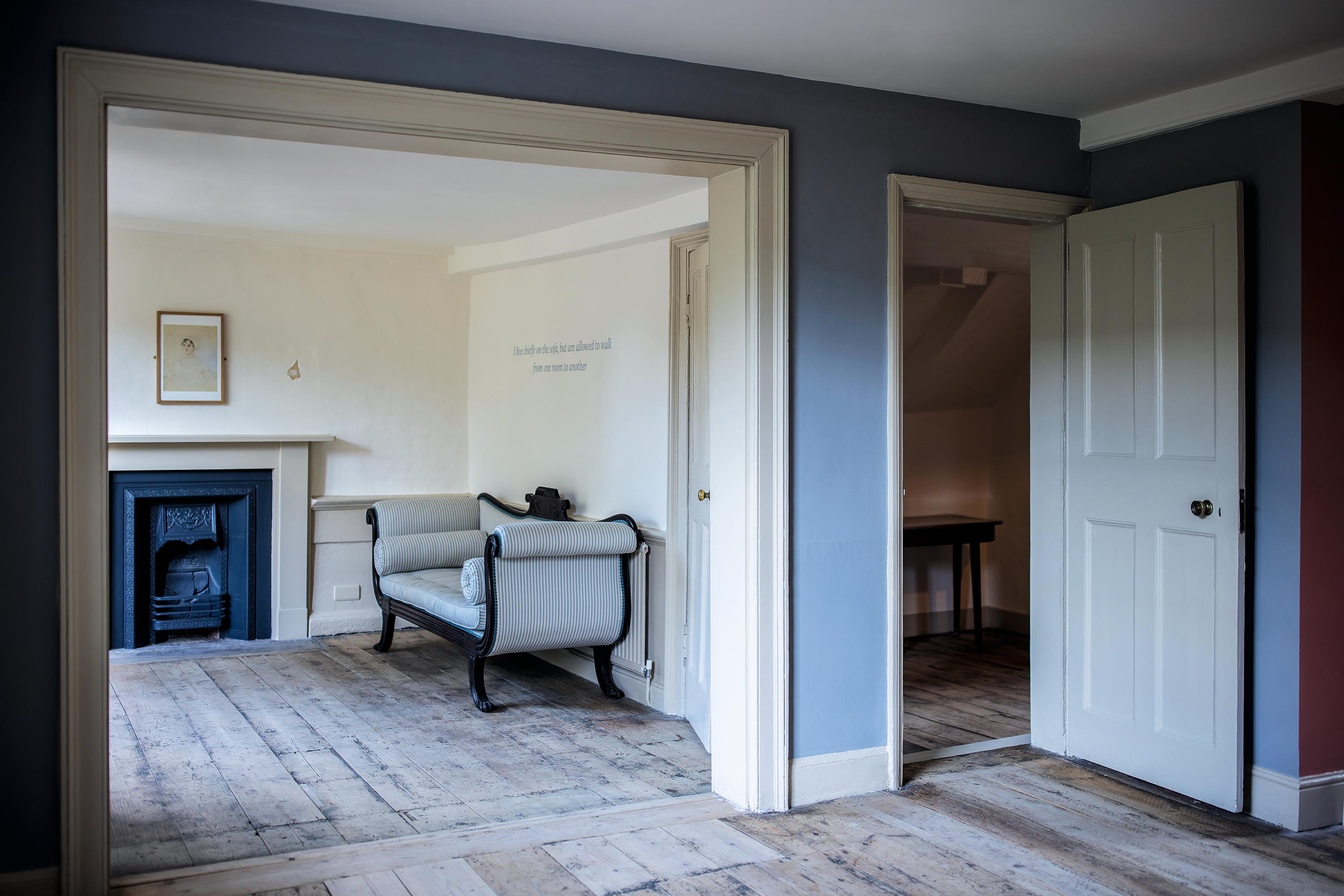 'I have lost a treasure, such a sister, such a friend as never can have been surpassed': Inside Jane Austen's Winchester home, the house where she penned her final words and drew her final breath
'I have lost a treasure, such a sister, such a friend as never can have been surpassed': Inside Jane Austen's Winchester home, the house where she penned her final words and drew her final breathJane Austen spent the last days of her life in rented lodgings in Winchester, Hampshire. Adam Rattray describes the remarkable recent discoveries made about the house in which she died.
-
 Winchester: The ancient city of kings and saints that's one of 21st century Britain's happiest places to live
Winchester: The ancient city of kings and saints that's one of 21st century Britain's happiest places to liveKings, cobbles, secrets, superstition and literary fire power–Winchester has had it all in spades for centuries and is as desirable now as it ever was, says Jason Goodwin.
-
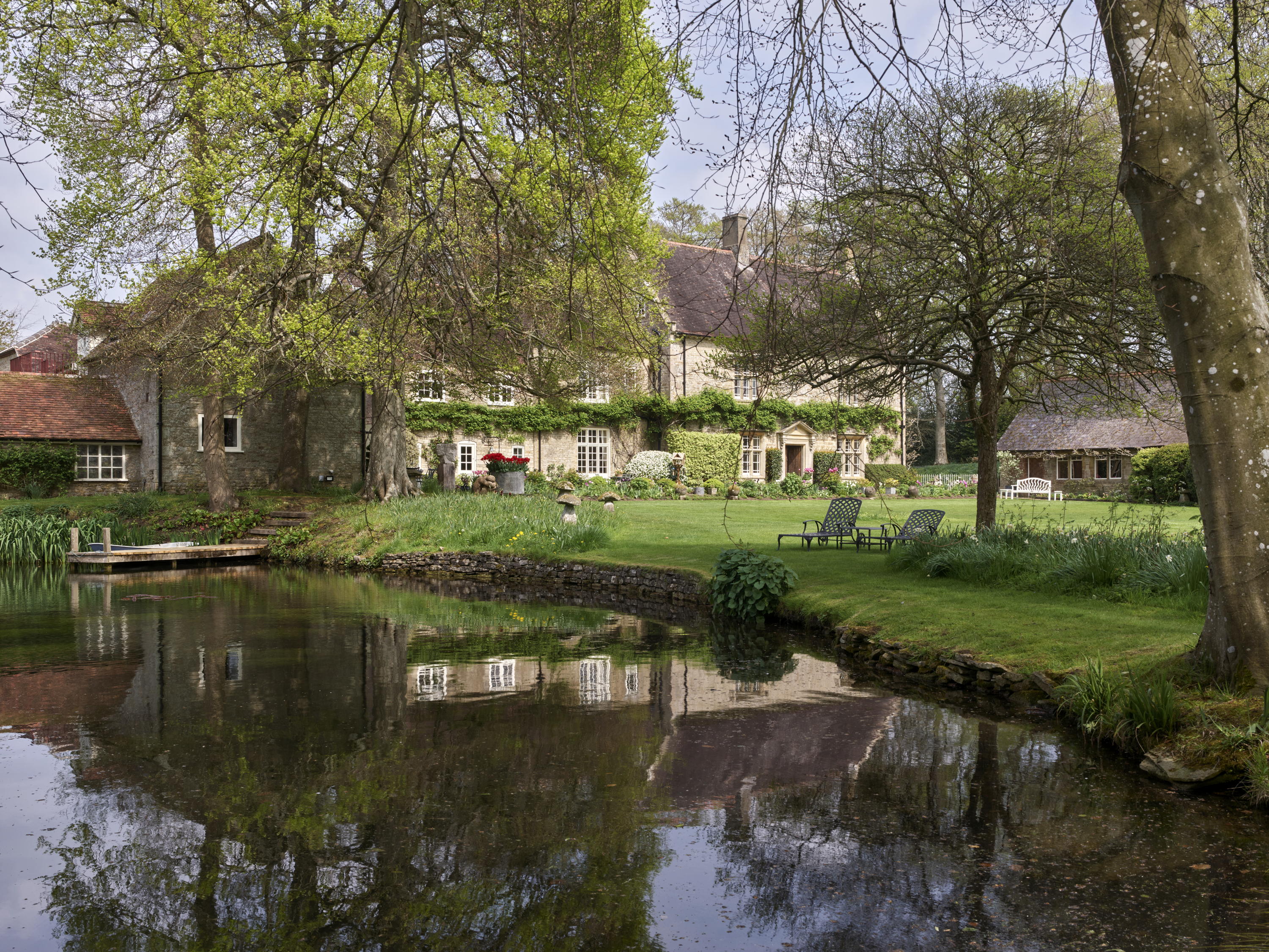 The Old House, Dorset: There's beauty up above
The Old House, Dorset: There's beauty up aboveA series of new plasterwork ceilings, collaboratively designed with the creating artist, has transformed the interiors of The Old House, Dorset, the home of Charles and Jane Montanaro. Jeremy Musson explains more; photographs by Paul Highnam.
-
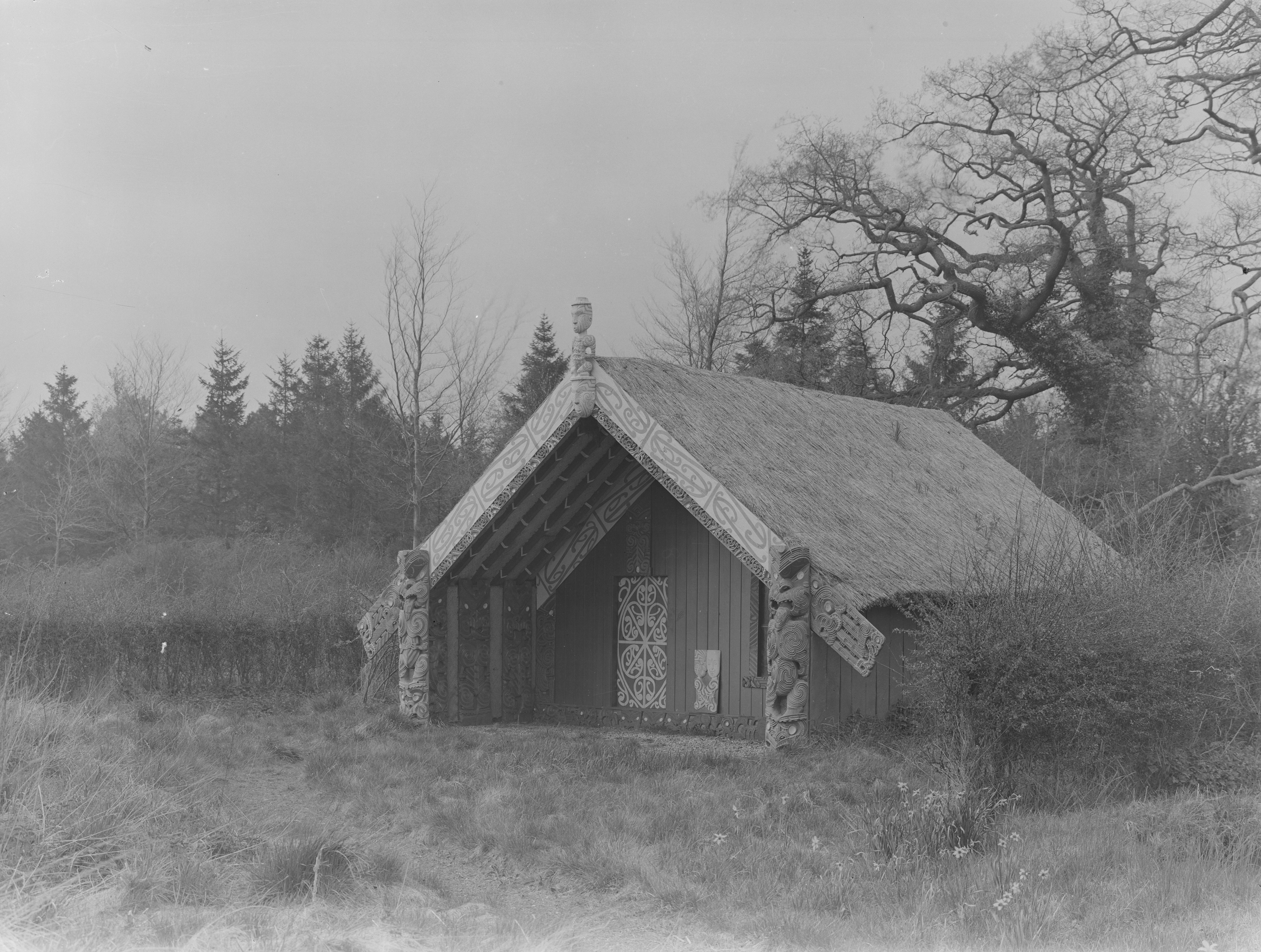 From the Country Life archive: The Maori meeting house in leafy Surrey
From the Country Life archive: The Maori meeting house in leafy SurreyEvery Monday, Melanie Bryan, delves into the hidden depths of Country Life's extraordinary archive to bring you a long-forgotten story, photograph or advert.
-
 Stowe Hall and the renaissance of the country house
Stowe Hall and the renaissance of the country houseIn 1975, the end seemed nigh for the great country houses of Britain, but, 50 years on, our built heritage has exceeded expectation and undergone a remarkable revival, John Goodall writes.
-
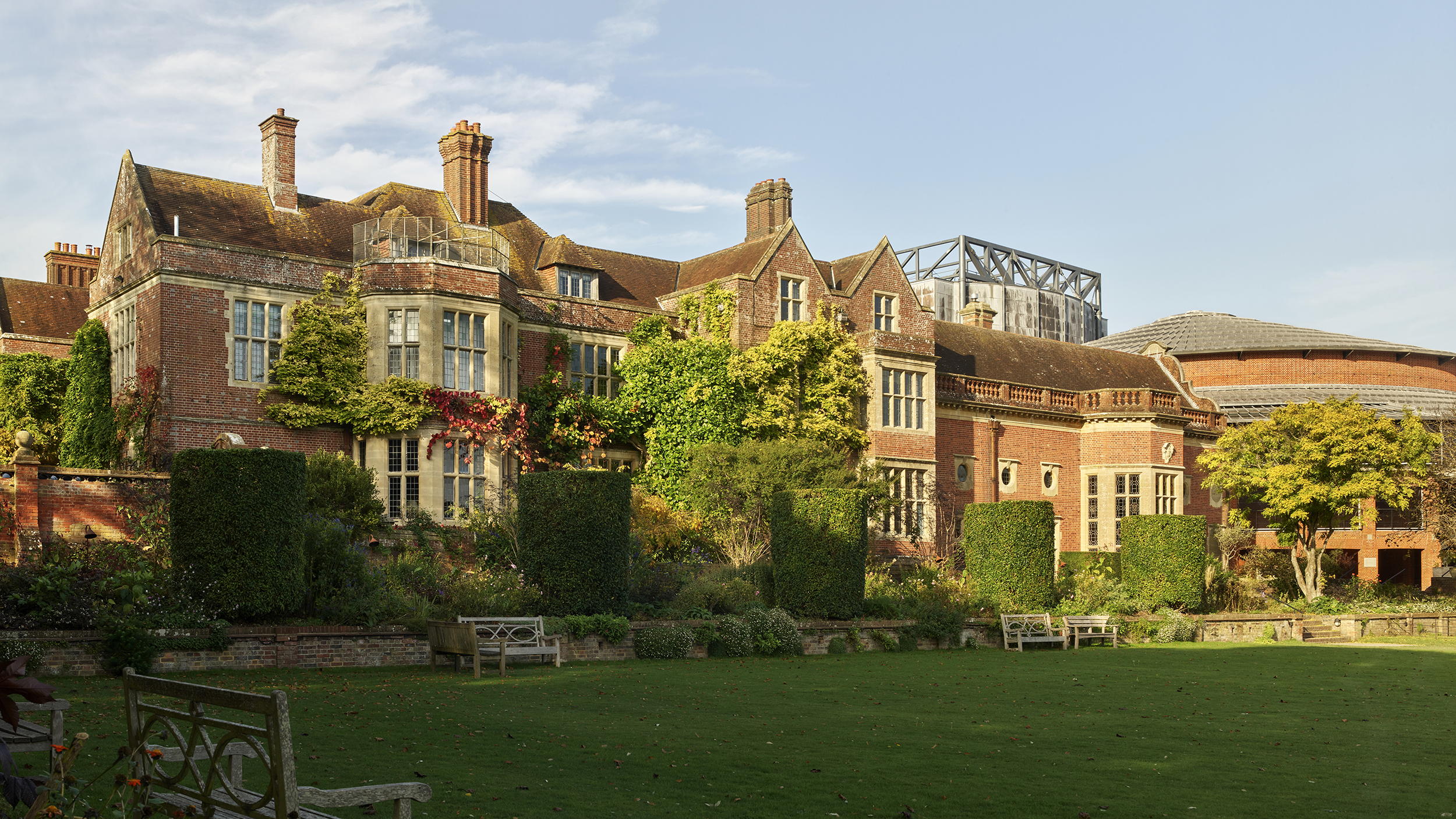 Glyndebourne House: The 'entrancing' home with an organ so enormous that 'it brought plaster crashing down from the ceiling when it was first played'
Glyndebourne House: The 'entrancing' home with an organ so enormous that 'it brought plaster crashing down from the ceiling when it was first played'Easily overlooked beside the opera that has made its name world famous, Glyndebourne House in East Sussex — home of Gus Christie and Danielle de Niese — bears the architectural stamp of a remarkable 1930s revival, as Clive Aslet explains. Photographs by Paul Highnam for Country Life.
